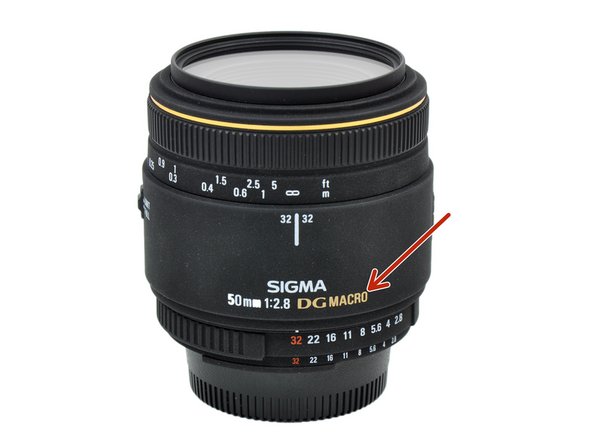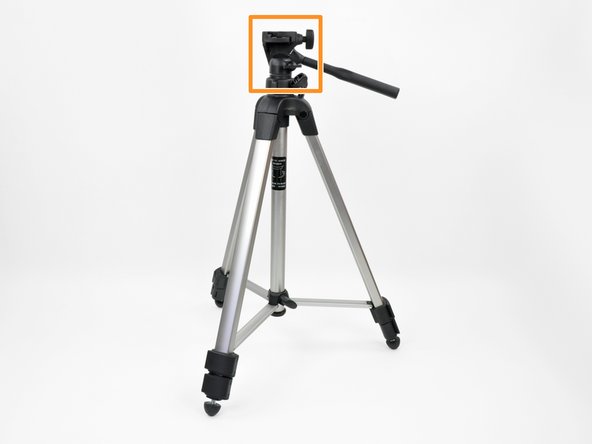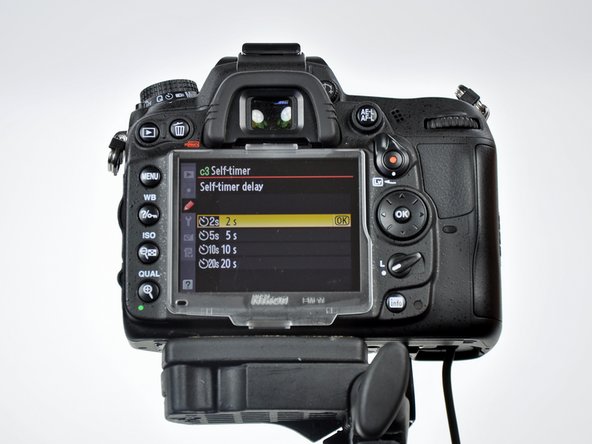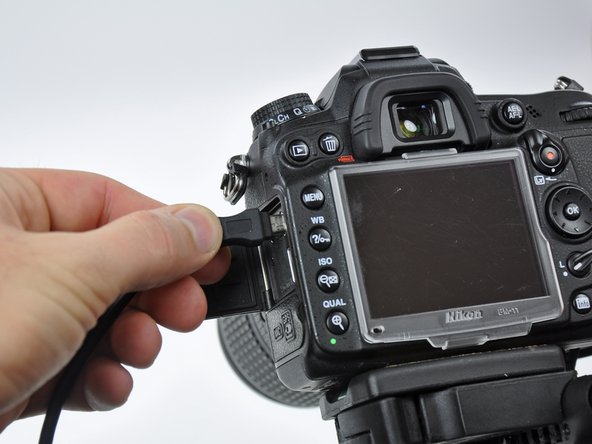Introduction
This guide demonstrates how to select the appropriate professional camera and equipment for your guides.
High quality photographs make your how-to guides stand out and enable your readers to follow procedures more easily. This guide walks you through selecting the right camera equipment to create professional quality guide images.
-
-
Of course, the camera is the most important piece of hardware for taking photographs. To take professional quality guide images, we highly recommended using a digital single lens reflex (DSLR) camera.
-
Cameras' megapixels are not nearly as important as the manufacturers would have you believe. DSLRs have significantly larger image sensors than point-and-shoot cameras, which allows them to capture more light and yield larger, higher resolution images. Color reproduction and image sharpness also tend to be much better when using a DSLR.
-
-
-
Nearly every digital camera manufactured today is boxed up pre-set on an Auto function. Any DSLR received in such a setting should be immediately switched off of Auto. But, you ask, to which setting?
-
Aperture priority (denoted by an A or Av, depending on your camera's manufacturer) provides the best workflow when shooting photographs for guides. Additionally, you should set the ISO to the lowest possible value.
-
-
-
Changing your lens preference is a key feature of an SLR camera. You want the capability to capture large subjects and also zoom in on small ones. A zoom lens with a focal length span of 20-100mm should handle most situations.
-
This lens is a basic 18-105mm lens that comes with most high-end Nikon consumer DSLRs.
-
-
-
An all-purpose zoom lens should take care of the majority of photos that you will take, but sometimes you need to get close to the action—really close. This is where a macro lens shines.
-
The 18-105mm lens that came with the camera cannot focus on objects closer than about 1.5 feet away. But a macro lens, like the one shown here, can focus on objects that are only a few inches away. This kind of close-up photography is crucial if you are documenting subjects like circuit boards or the pattern on a butterfly's wing.
-
-
-
Every hand-held camera is prone to shakes and vibrations that cause blurry photos. To keep your images sharp, use a tripod.
-
Selecting the right tripod ultimately boils down to how you plan to use your camera.
-
Most of the tripod's height should come from its legs, rather than the center column. Raising the center column makes the tripod less sturdy and should only be used for quick, temporary height adjustments.
-
If all of your photos are shot with the camera sitting perfectly horizontal, then a standard 3-way panning head is more than adequate. If your photography requires funky angles, look into a ball head-type tripod.
-
-
-
When it comes to cameras, even the slightest nudge can take a perfect composition and turn it into a blurry mess. Luckily, there are a number of features and techniques you can utilize to ensure consistent quality throughout your guide photos.
-
When mounted on a tripod, turn off any image stabilization on the camera and/or lens. This may seem counterintuitive, but those features actually introduce small vibrations that are meant to cancel out the blur caused by a photographer's shaking hands. The exception to this rule is lenses that have a "tripod" setting for image stabilization.
-
Even pressing the shutter button can cause the camera to shake. Use a remote shutter release or your camera's self-timer to keep yourself from jostling the equipment.
-
For the best professional quality studio images, use a tethered shooting program, like Nikon's Camera Control, Canon's EOS Capture, or a third-party application like Sofortbild (Mac only). Connect the camera directly to the computer. Have one person model and compose the shot while a second person fires the shutter from a seated position at a desk.
-
Cancel: I did not complete this guide.
3 other people completed this guide.












